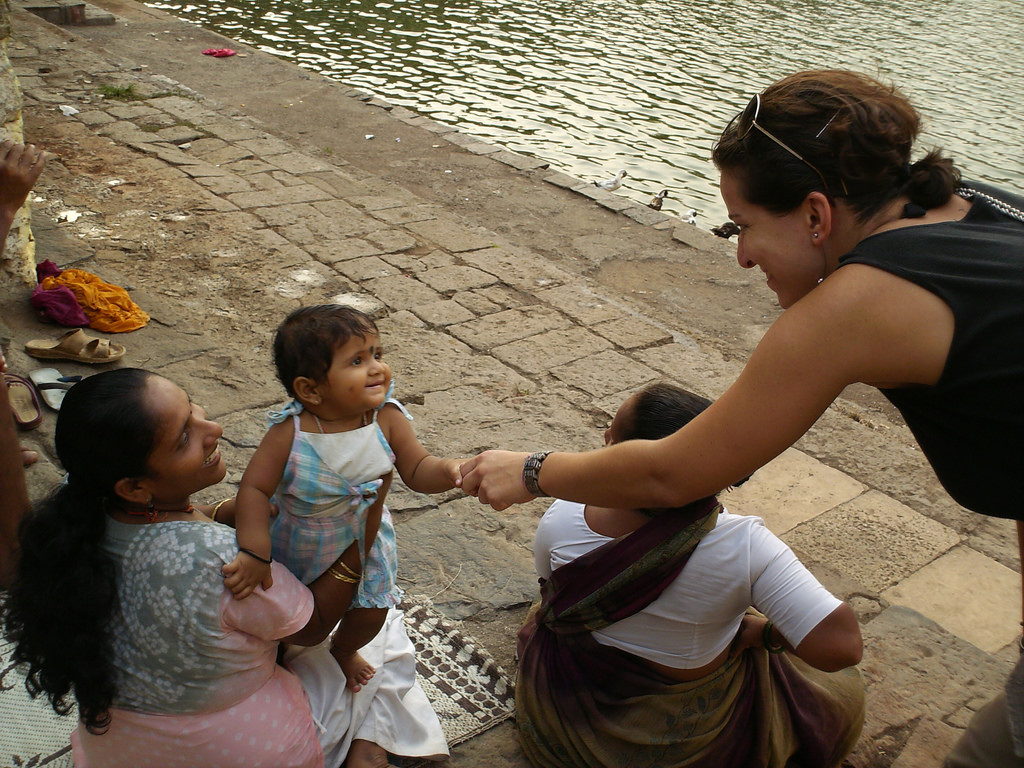by Beth Snodderly
Eighty percent of the world, and nearly 100% of the majority world, are from primary oral learning cultures. This means the people— whether non-literate, functionally non-literate, or even semi-literate—prefer to learn in ways other than through reading printed matter. Even listening to Western literate analytical forms (such as lectures, lists, etc) is foreign to their way of thinking. The importance of this is that most of our students work in societies where the people are oral learners. We want to help our students become familiar with techniques they can use in teaching their people. If all they do in their studies with WCIU is read and write, they won’t have learned how to communicate their learning well to the people with whom they work.
This short reflection gives an example of video as an oral strategy.
Read More

